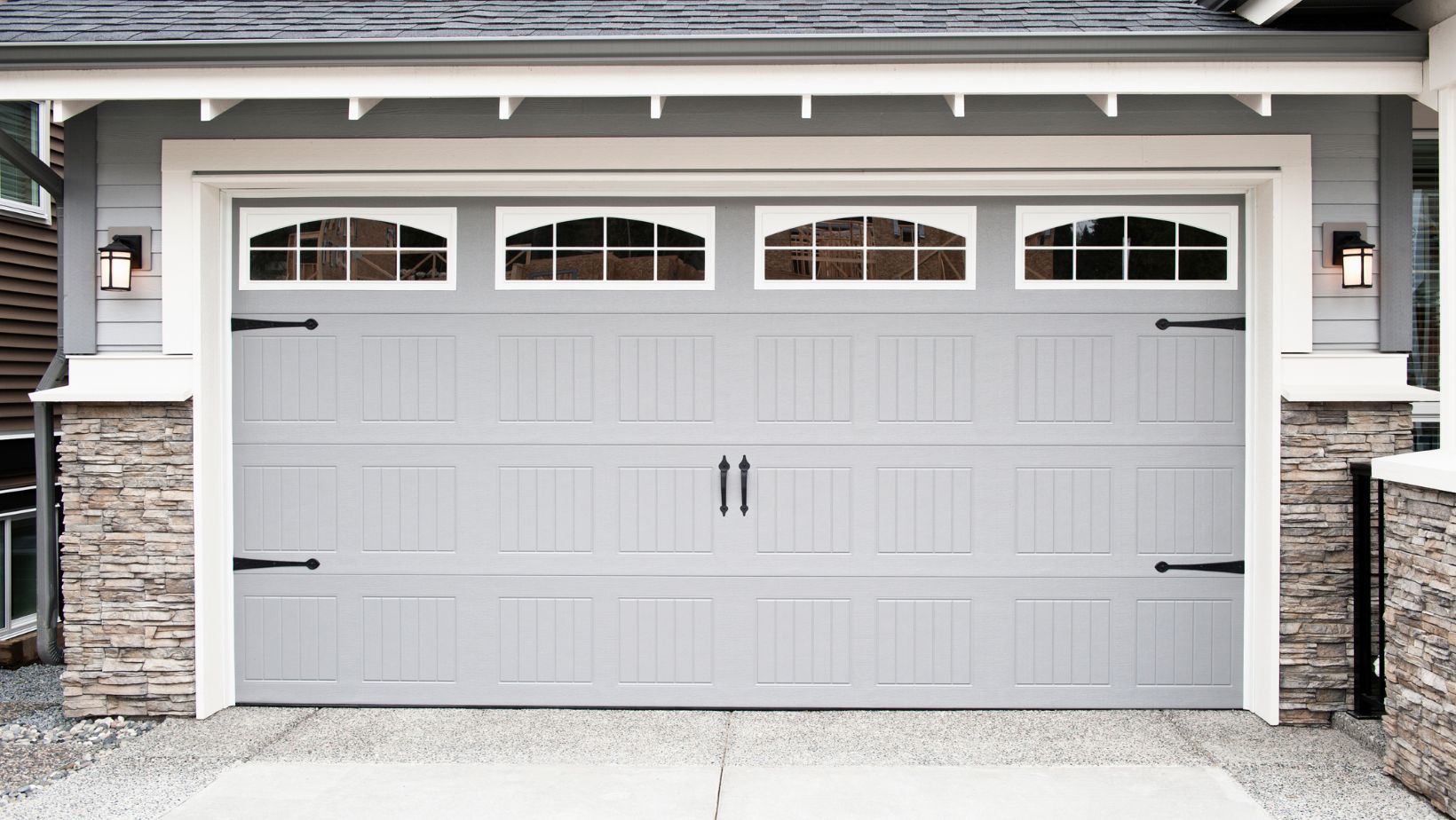Table of Contents
ToggleHow to Heat a Garage for Free
Looking for ways to heat your garage without spending a fortune? You’ve come to the right place! In this article, I’ll share some clever tips and techniques on how to heat a garage for free. Whether you use your garage as a workshop, gym, or simply want to keep your car warm during the winter months, these ideas will help you stay cozy without breaking the bank.
One of the easiest ways to heat your garage for free is by harnessing the power of sunlight. Consider installing solar panels on your roof or even just using reflective insulation materials on windows and doors. These measures can help trap and retain solar heat, reducing the need for additional heating sources.
Insulate Your Garage Properly
Seal Cracks and Gaps
One of the first steps in insulating your garage for free is to seal any cracks and gaps that may be letting cold air in. Start by inspecting the walls, windows, doors, and other areas where drafts can easily enter. Use weatherstripping or caulk to seal these openings, ensuring a tight seal that prevents heat loss. By taking this simple step, you’ll not only keep the cold air out but also save on energy costs.
Install Insulation in Walls
Proper insulation is crucial for maintaining a comfortable temperature in your garage without spending a dime. Consider installing insulation in the walls if they are not already insulated. Fiberglass batts or foam board insulation are cost-effective options that can provide excellent thermal resistance. Insulating your garage walls will help trap heat inside, making it easier to warm up the space efficiently.
Insulate Garage Door
Another important aspect to consider when trying to heat your garage for free is insulating the garage door itself. Most standard garage doors lack proper insulation and can be a major source of heat loss. To address this issue, you can purchase an insulation kit specifically designed for garage doors or create DIY solutions using materials like reflective foil or rigid foam boards. By adding insulation to your garage door, you’ll significantly reduce heat transfer and maintain a more comfortable environment inside.
Remember that proper insulation plays a significant role in reducing heat loss and keeping your garage warmer for longer periods without relying on expensive heating systems. Taking the time to seal cracks and gaps, install wall insulation, and insulate the garage door will go a long way towards creating an energy-efficient space.

Opt for Passive Solar Design
When it comes to heating your garage for free, opting for passive solar design can be a smart and sustainable choice. Passive solar design harnesses the power of the sun to naturally heat your space without relying on external energy sources. Let’s explore some key considerations to make the most of this approach.
Determine the Solar Potential of your Garage
Before implementing passive solar design techniques, it’s essential to assess the solar potential of your garage. Take note of how much sunlight your garage receives throughout the day and which areas are exposed to direct sunlight. Ideally, you’ll want to maximize sun exposure in order to capture as much solar energy as possible.
Consider the Orientation and Angle of Solar Panels
To effectively utilize passive solar heating, consider installing solar panels on your garage roof or walls. The orientation and angle at which you mount these panels play a crucial role in optimizing energy absorption. Generally, facing them towards the south is recommended in North America for maximum exposure to sunlight.
Additionally, adjusting their tilt angle according to your location’s latitude can further enhance efficiency. For example, if you’re located at approximately 40 degrees latitude, setting your panels at an angle close to that degree could maximize winter sun exposure while minimizing summer overheating.
Calculate the Energy Needs for Heating Your Garage
To determine how many and what type of solar panels you’ll need for effective heating, calculate the energy needs specific to your garage. Factors such as insulation levels, square footage, desired temperature rise, and local climate conditions all come into play.
Consider conducting an energy audit or consulting with a professional who specializes in renewable energy systems. They can help you assess your requirements accurately and recommend an appropriate system size that aligns with both available space and budget constraints.





